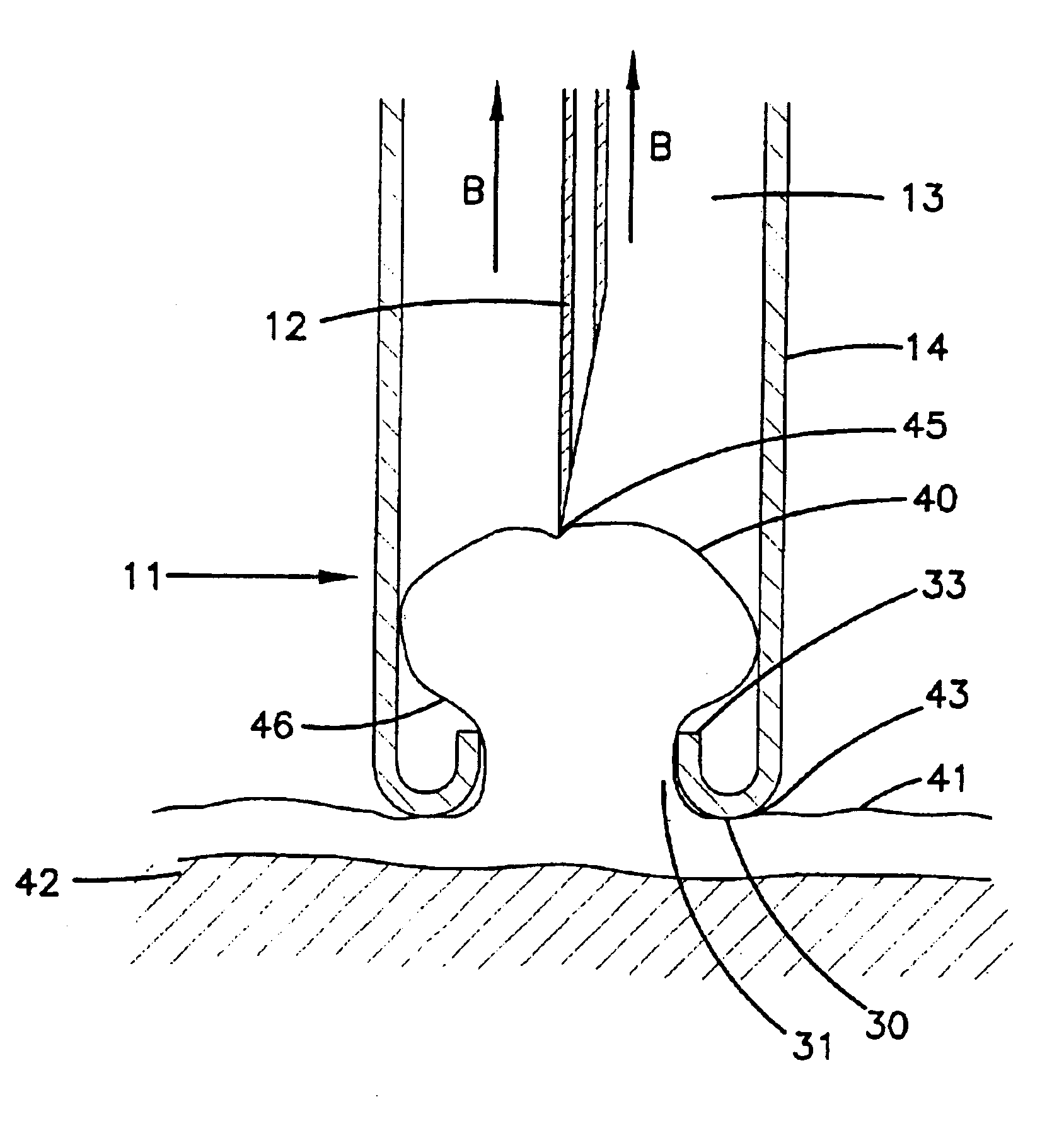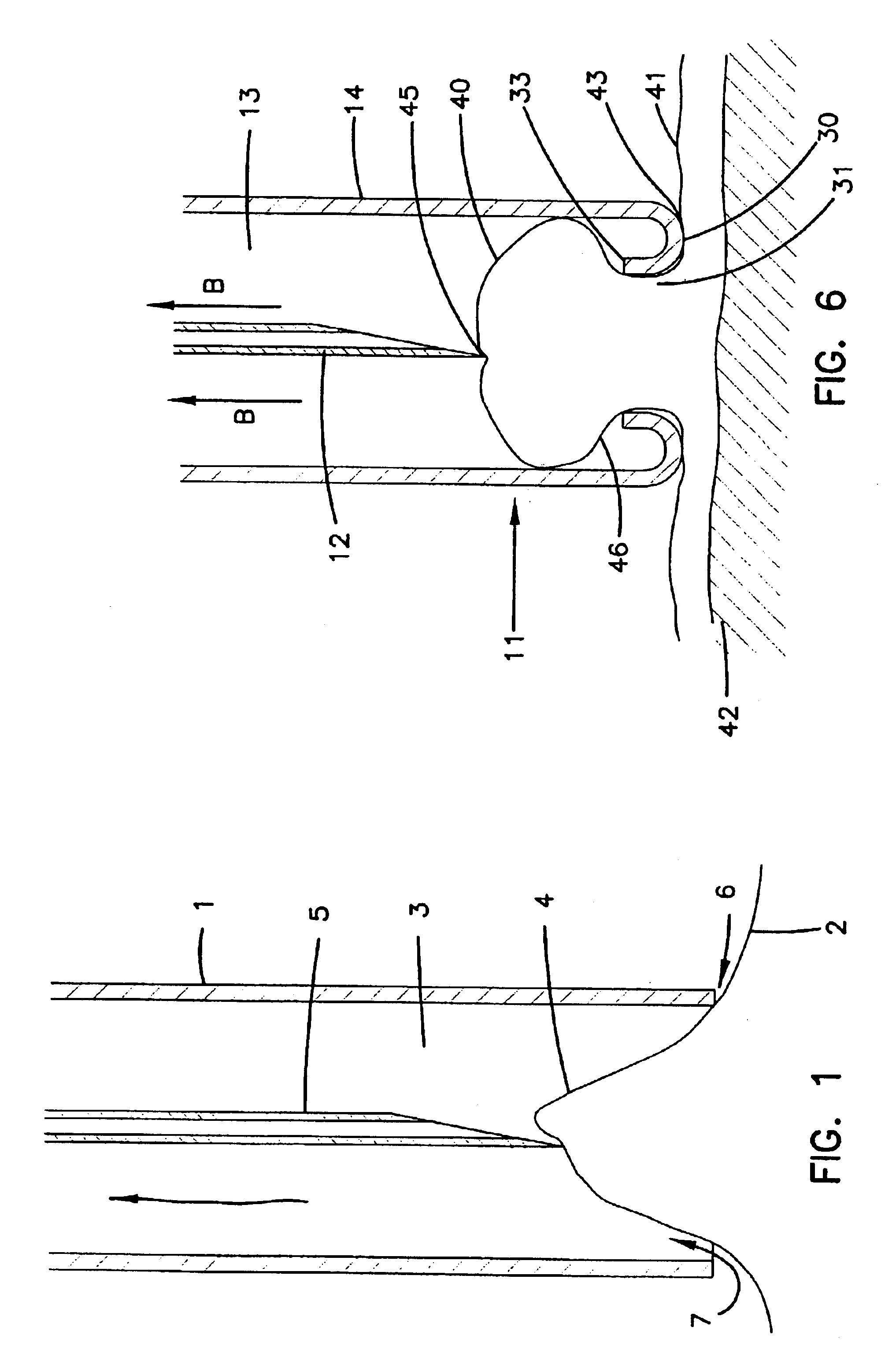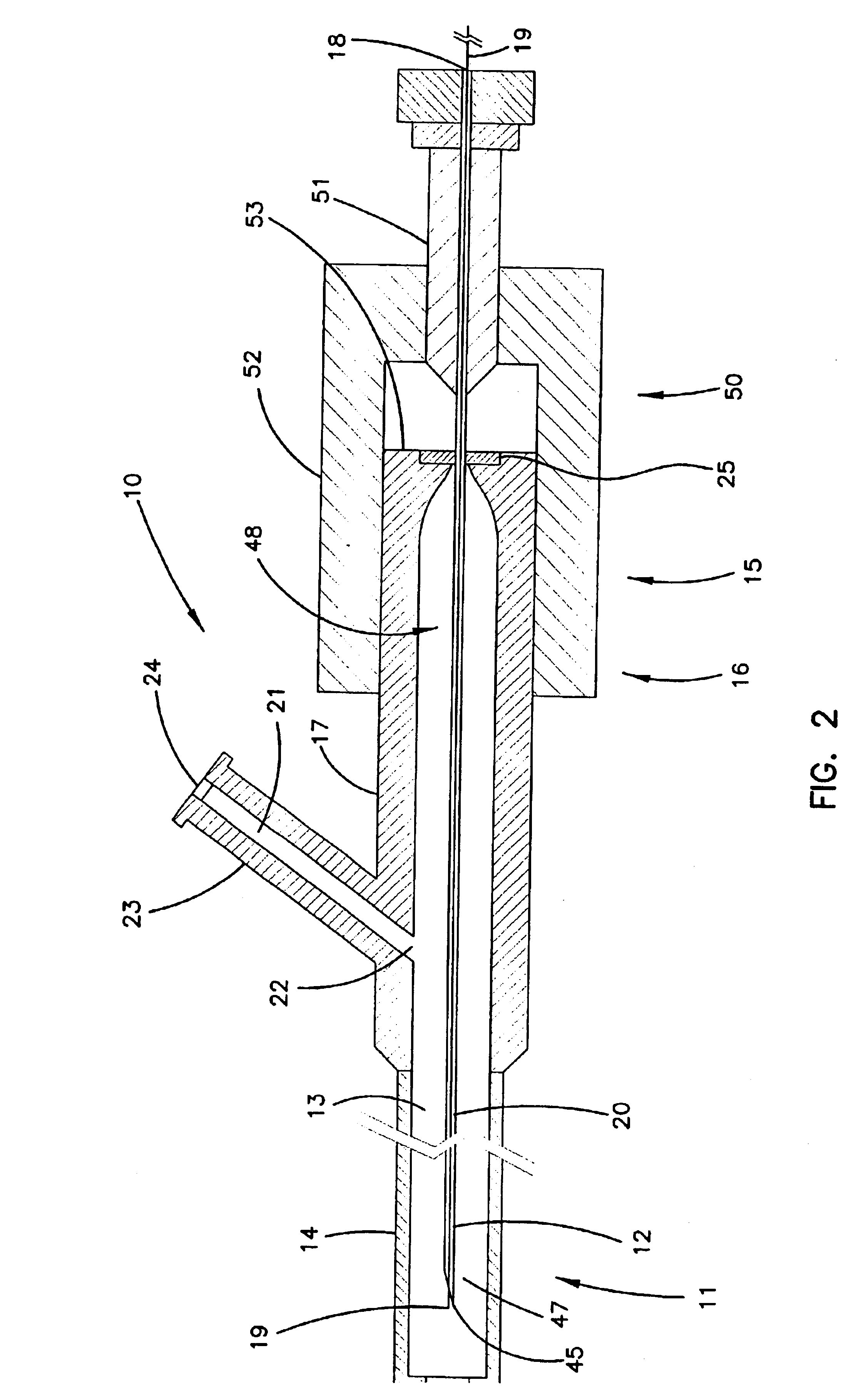Direct pericardial access device and method
a direct pericardial and access device technology, applied in the field of minimally invasive cardiac procedures, can solve the problems of needle pericardiocentesis, intrapericardial drug delivery has not been clinically utilized for heart-specific treatments, and the use of intrapericardial drug injection is limited to the treatment of abnormal pericardial conditions, so as to reduce the number of complications, reduce the dosage, and ensure the effect of access
- Summary
- Abstract
- Description
- Claims
- Application Information
AI Technical Summary
Benefits of technology
Problems solved by technology
Method used
Image
Examples
Embodiment Construction
[0027]The invention will be described with reference to the accompanying drawings, wherein like reference numerals identify similar or corresponding components throughout the several views. The illustrated embodiments and description are for exemplary purposes to facilitate comprehension of the invention and should not be construed to limit the scope thereof. In addition, it will be noted that in several places throughout the specification, guidance is provided through lists of examples. In each instance, the recited list serves only as a representative group. It is not meant, however, that the list is exclusive.
[0028]A pericardial access device according to the present invention provides accurate local access to the pericardial space of a human or animal patient for introduction of a material therein, with a low risk of myocardial injury during access. Once the pericardial space is accessed, a material transport tube (e.g., a catheter) is inserted into the space for fluid withdrawa...
PUM
 Login to View More
Login to View More Abstract
Description
Claims
Application Information
 Login to View More
Login to View More - R&D
- Intellectual Property
- Life Sciences
- Materials
- Tech Scout
- Unparalleled Data Quality
- Higher Quality Content
- 60% Fewer Hallucinations
Browse by: Latest US Patents, China's latest patents, Technical Efficacy Thesaurus, Application Domain, Technology Topic, Popular Technical Reports.
© 2025 PatSnap. All rights reserved.Legal|Privacy policy|Modern Slavery Act Transparency Statement|Sitemap|About US| Contact US: help@patsnap.com



